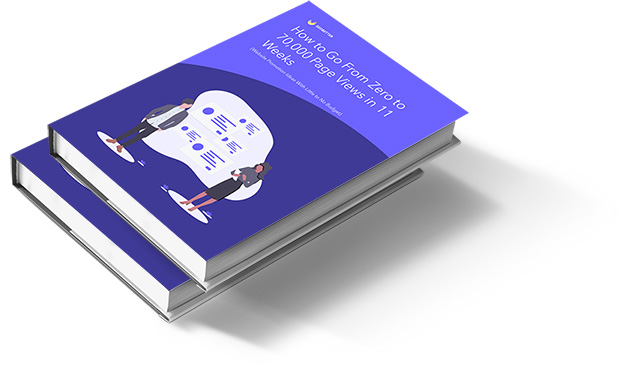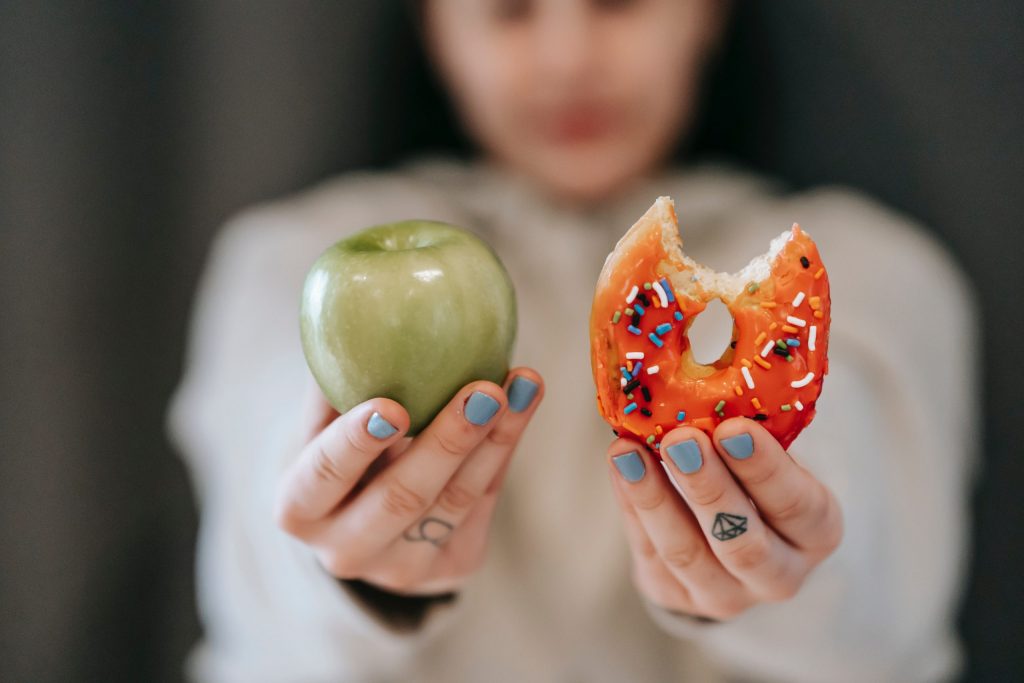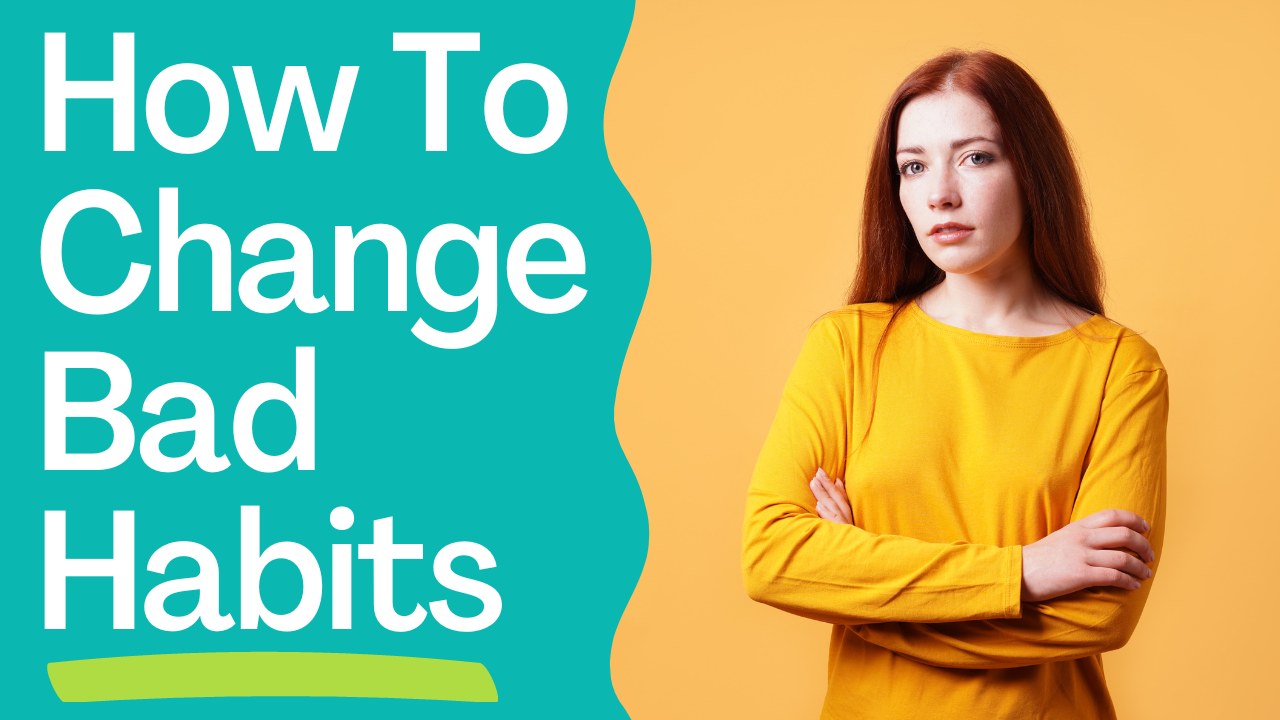Table of Contents
The Operating System of Nature
Your brain releases dopamine, serotonin, oxytocin, or endorphins when you feel joyful.
Despite the fact that this is how the human brain is wired, it doesn’t always happen, and that’s okay.
Only when there is a chance to meet a need for food, safety, or social support can the brain produce a joyful hormone. Then your brain briefly experiences a positive emotion before returning to neutrality.
You go through emotional ups and downs as a result of this. It’s how nature functions.

SEOBetter: Step-by-step How to grow your traffic to 70,000 unique visitors in 11 weeks.
Get this eBook PDF for free (RRP $9.95 on Amazon Kindle), plus new updates and thoroughly tested online marketing techniques by subscribing to my newsletter.
You can also sign up to our newsletter with Facebook (quicker and easier)
When a chemical flash of happiness stops, you sense that something is wrong.
You’re looking for a certain solution to feel better immediately. Anything that has previously worked has established a mental circuit or habit.
Whether it’s dining out or exercising, buying or saving, partying or staying home alone, we all have joyful routines.
None of those behaviours, though, will make you happy all the time. Simply said, your brain doesn’t work that way.
Each happy-chemical burst is quickly digested, so you have to work more to get more of them. Consequently, it is feasible to indulge in a joyful habit to the point of suffering.
Knowing your brain can help you understand what in nature releases feel-good neurotransmitters, which will enable you to replace old unhealthy behaviours with new healthy ones.
You’ll be able to instil a brand-new, joyful habit in your brain.
Whether or not it feels pleasant, a new activity needs to be performed repeatedly for 45 days in order to become a habit.
You merely need commitment and focus; neither a lot of time nor money are required. Being forced to break an old, joyful habit may make you feel awful at first, but with courage and tenacity, you can find a new path.

Understanding Chemicals
Each happy hormone’s release results in a distinct good emotion.
Dopamine is in charge of giving us that “Eureka!” feeling when we learn something useful. Endorphin, which is also frequently referred to as bliss, produces the unconsciousness that conceals pain.
Oxytocin fosters bonding, which is another name for the feeling of safety with others. Additionally, serotonin gives you a sense of appreciation, which fosters pride.
Additionally, every happy hormone causes a certain kind of survival behaviour.
Dopamine encourages you to strive hard to obtain what you need to survive.
When hurt, endorphin enables you to avoid danger. You are urged by oxytocin to put your faith in others and look for security in group settings.
-
 Buy Instagram Followers$7.99 – $159.99
Buy Instagram Followers$7.99 – $159.99 -
Product on sale


 Buy Disqus UpvotesOriginal price was: $19.95.$14.95Current price is: $14.95.
Buy Disqus UpvotesOriginal price was: $19.95.$14.95Current price is: $14.95. -


 Boost Your Blog with Buy Medium Claps: Drive Traffic and Engagement with Ease!$19.99
Boost Your Blog with Buy Medium Claps: Drive Traffic and Engagement with Ease!$19.99
Serotonin encourages you to seek respect, which improves your chances of getting mated and safeguards your offspring.
Contrarily, chemicals that make us feel terrible, like cortisol, fall on the other end of the range. Cortisol alerts you to pain or the possibility of discomfort and motivates you to take the necessary actions to stop the agonising experience.
Because cortisol causes discomfort, mammals are able to live by being warned about potential dangers in advance. Cortisol makes a gazelle want to run away when it detects a lion while it is grazing.
Because smelling a lion is worse than being hungry, gazelles can survive.
Similar to how it does for us, cortisol helped our ancestors survive by helping them focus on one danger after another.
Identifying Patterns
Whatever caused cortisol to be released in the past triggered brain circuits that warn us to current danger.
You might refer to this feeling as stress, anxiety, fear, or panic depending on how severe it is, but cortisol gives you the impression that something horrible will happen if you don’t take action right now.
Since cortisol is just electricity flowing through a well-established circuit of neurones, it is challenging to determine what causes it to be activated.
However, if you pay close attention to your unpleasant feelings, you’ll see trends—possibly even a cycle—of coping by abusing drugs, overeating, becoming angry, seeking thrills, or engaging in other poor behaviours.
This enables you to make new decisions about preventing harm.
Even after your patterns are recognised, unpleasant sensations could still exist since the circuits are still active.
The sensation does, however, go away more quickly if you know that it is an old response to an old threat.
Happy Behavior, Unhappy Results


Channels that have previously reduced your threatened feelings are happy habits. Even though they are referred to as joyful habits, they are not entirely positive things because they cause happiness to disappear anytime you don’t engage in the habit’s related behaviours.
Your sense of menace returns and you feel as though your life is in danger when you break a pleasurable habit. The old circuit gets turned on if you give in to this temptation.
If you don’t take action, a new circuit can emerge.
You need to be aware of the urge to distract yourself from unpleasant feelings with enjoyable routines.
You may form new habits once you realise that your feeling of being threatened is nothing more than a connection between neurones.
Here is a case study that demonstrates what it looks like to recognise threatening emotions and rewire the pleasant habit that goes along with them.
Alcohol is Fred’s go-to remedy whenever he starts to feel lousy. He soon becomes aware of how much he is drinking and makes the decision to take action.
He remembers that when he was younger, he enjoyed sketching. He promises to doodle everytime he feels the need to drink on his sketchpad.
The goal is not to draw exceptionally well, but rather to successfully take his attention away from drinking.
Naturally, Fred doesn’t feel like painting when he wants a drink. He sketches and thinks about what he’s missing, and he truly feels terrible.
He wants to try this for at least two months and see what happens.
He first hates the way he draws and the feeling of depriving himself of drink.
But he stays true to his plan. His painting time eventually begins to seem more like a gift than a job. Fred understands that his uncomfortable feelings will pass.
Most significantly, he enjoys the feeling of being focused and involved. Before the two months are done, he stops glancing at the calendar.
His addiction to sketching eventually reaches parity with his addiction to booze. He now knows how to relieve stress without alcohol.
He comprehends it both cognitively and physically. Once the urge to “do something” started to take hold, sketching was merely a way for him to get it done.
Fred is eager to establish another habit since he is so pleased with his success.
Making Your Happy Chemicals Active
We are lucky to live at a time when our understanding of the brain is growing. You could learn new methods for triggering your feel-good hormones.
These recommendations will help you activate each of the four compounds.
Celebrate modest successes since doing so releases more dopamine than waiting for a big one.
Big wins don’t keep you happy forever, therefore you’re more likely to lose your happiness if you continue to link happiness with a far-off goal. Instead, work on being happy with your development.
By criticising the insignificance of your accomplishment to yourself, do not enhance your pleasant sentiments. Enjoy the brief excitement, then continue.
Your drive will increase.
Laugh for endorphins!
Endorphins are released while you’re convulsing with laughter.
Give the things that make you laugh some of your time.
Even though it could be challenging to identify what that is, you can commit to researching comedy until you find your daily giggle.
To get oxytocin, be reliable.
Whether or whether you trust them personally, it feels fantastic when other people do.
By earning people’s trust, you could raise your oxytocin levels.
More happiness comes from keeping your word than from seeking acceptance.
Express your pride in your successes to increase serotonin.
The acceptance of others is positive, but your personal approval is the most crucial.
For at least 45 days, tell someone else “saw what I did.” You’ll be hoping for a positive reaction, but you’ll find that it doesn’t kill you if you don’t get one.
Although it’s frequently claimed that a long journey begins with a single step, we all know there’s more to it than that.
You must choose the best course of action before you start. Although you are aware of how deep the mud is, you still need to find the bravery to move on.
Choosing Not to Be Happy
Your brain enjoys its routines and dislikes change.
As a result, it will make an effort to persuade you that giving up old habits and adopting new circuits are terrible ideas.
You may make other decisions that will lead to happiness if you are conscious of your own propensity to choose unhappiness.
Here are some things to keep in mind to foster that awareness.
First, you could think that happiness is a gift given to a select few while being unfairly withheld from others.
But the reality is that it is never given voluntarily.
You have to earn it. Second, it’s easy to think that many others have more luck with happiness than you do. However, you never actually learn the details of other people’s lives.
Your focus is drawn away from acts that would bring you satisfaction if you are always worried about other people.
Third, increasing your own levels of happy hormones does not deplete those of others. Every person has the right to pursue pleasure, as long as they accept responsibility for the results and don’t hurt other people.
Fourth, resist the inclination to reject enjoyment out of fear of the worse.
Setting yourself up for perpetual unhappiness by limiting your delight since there could be less of it in the future. Fifth, starting a new habit doesn’t need having a crystal-clear understanding of the end result.
Simply focus on your subsequent action, which can still be successful even if your preceding attempt failed. That is the component of success that involves trial and error.
Sixth, you get a sense of unease anytime your levels of joyful hormones drop.
Focus on your next step towards happiness rather than the flaws in the world; keep in mind that these hormones are meant to rise and decrease.
Seventh, instead of resenting your mammalian impulse to amass social rank and leave a legacy, accept it.
Work for your objectives, but avoid letting them overwhelm you; otherwise, the inescapable setbacks will make life seem much more challenging than it actually is.
Tools for Building Circuits
Your brain is equipped with several tools for creating circuits. These tools are available to you no matter what difficulties you encounter.
The first strategy is to imitate people who already have the behaviours you wish to acquire.
Mirror neurones will become active as you see them, stimulating your circuits. Second, you may graft a cheerful habit onto the tree by adding a branch.
Two well-known instances of grafting include going back to an activity that you loved as a youngster or turning a hobby into a career. In the case study, Fred made a new habit out of an old one through grafting.
Extending an existing tree is a great way to avoid the difficulty of developing whole new positive habits.
Third, keep in mind that the energy available to your brain is limited.
One way to ensure you have the energy for it is to schedule your new habit for the morning. Do something delightful before or after your demanding new behaviour if that isn’t possible.
Lastly, pay attention to leaving a legacy. There are several methods to satisfy your animal brain’s compulsion to leave a legacy.
You may come up with a stitch that gets popular in your knitting circle or design a brand-new exercise for your gym. It doesn’t need to be a game-changer!
Surprisingly, leaving a legacy is an effective way to release joyful hormones. Even if there will be imperfections in life, you may choose healthy alternatives to harmful ones in order to ignite your joyful pathways.


